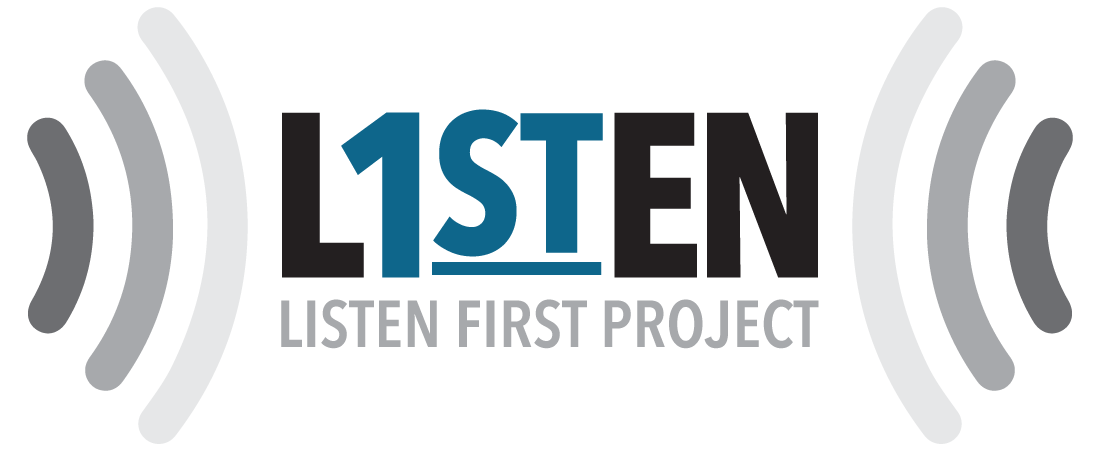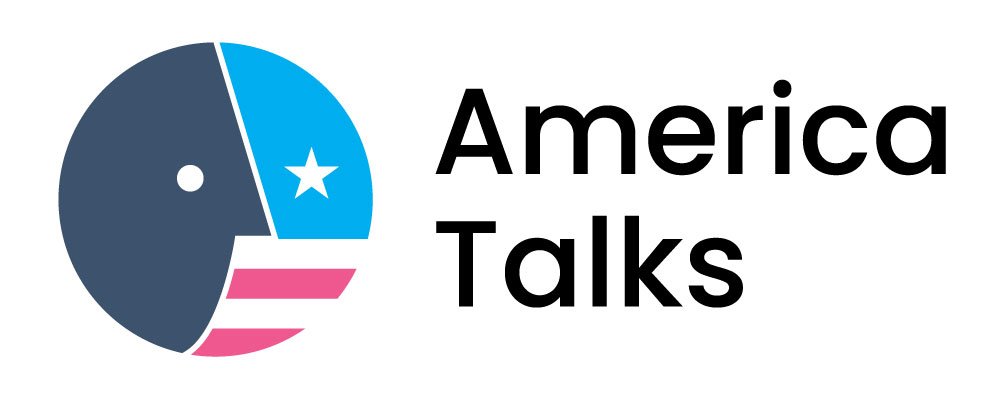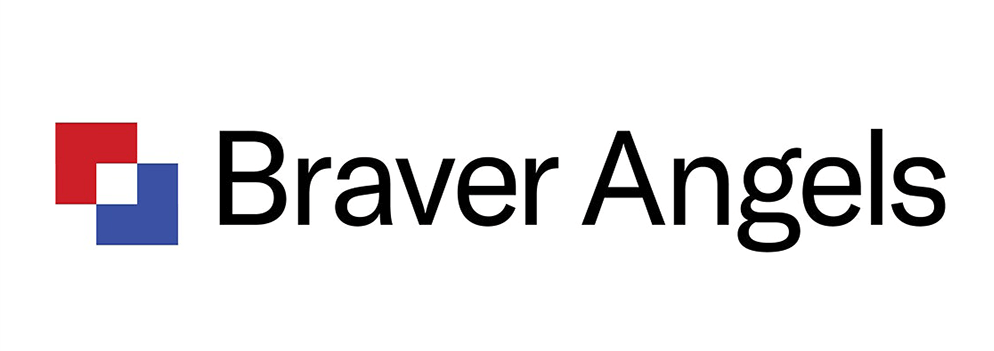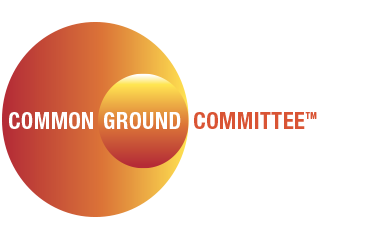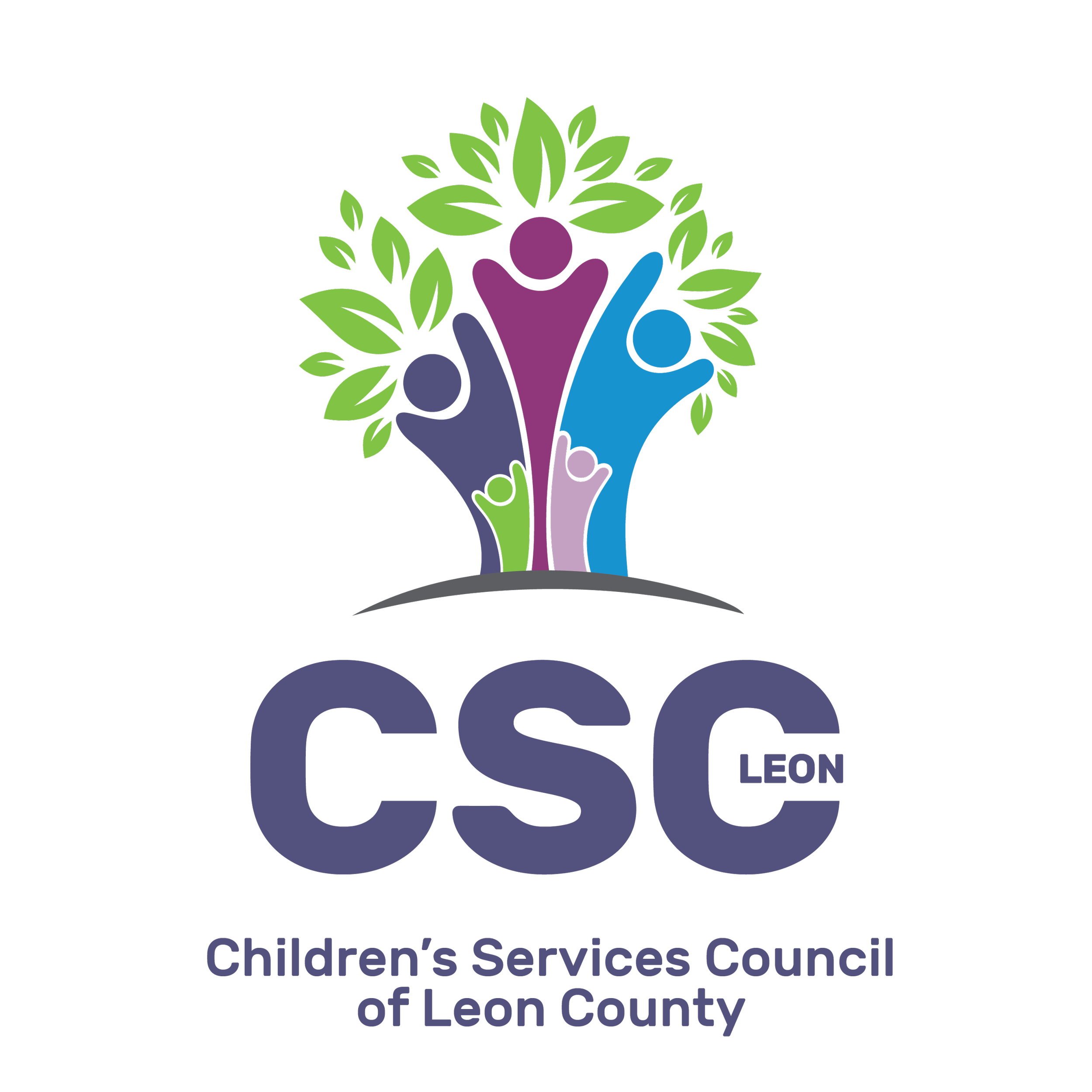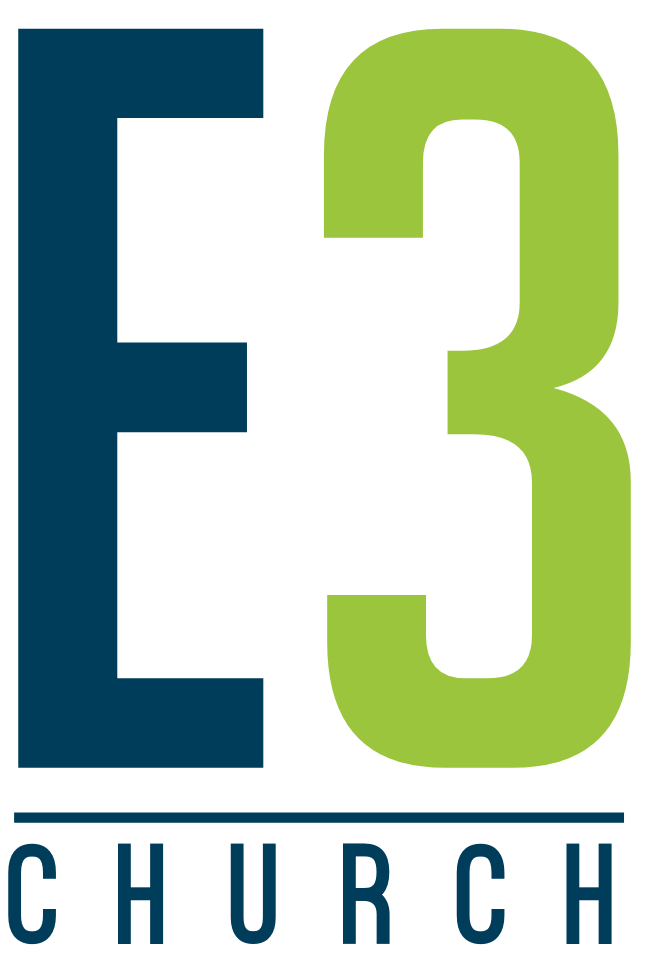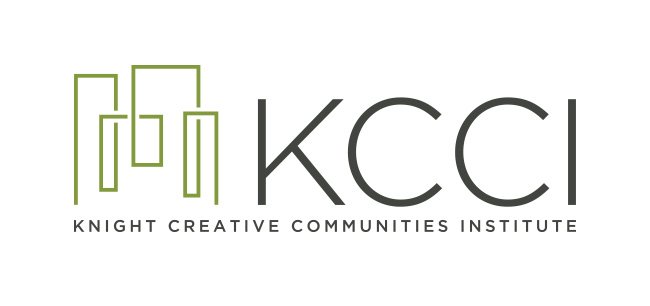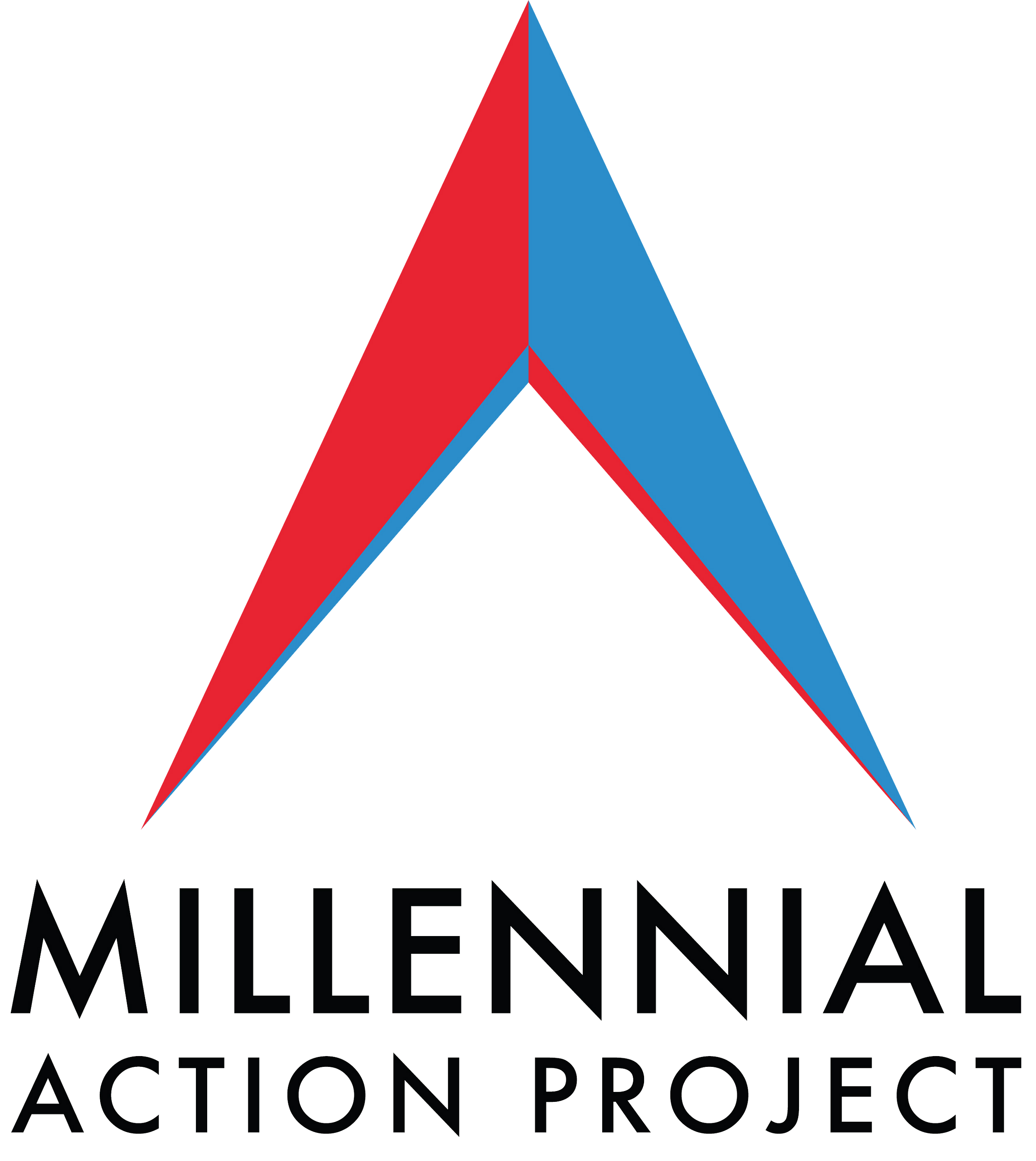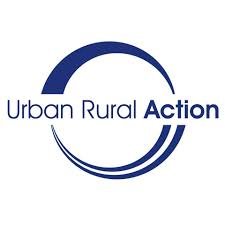Bridging Movement (BMAC)
Goals & Measures Program
Welcome! This Resource Hub is provided by the Goals and Measures Program of the Bridging Movement Alignment Council (BMAC). BMAC is a peer-led community of ~100 top bridging leaders. Leaders of individual organizations invest their time and talent in BMAC Working Groups, including the Goals & Measures Working Group which developed this Program. The resources here are meant to support both bridging groups and other institutions and organizations measure and increase their impact on social cohesion. Please look through the tiles below to find information about how and why to measure the impact of your work on different dimensions of social cohesion. You will also find resources for using the measurement tools that we provide free of cost. If you have any questions or ideas about additional resources that might be useful to you, please email Measure@ListenFirstProject.org.
Resources
Kristin Hansen introduces the Goals & Measures Framework
Emerging Insights from Evidence-Based Bridging Practices
Current SCIM Users
“At The Village Square we’ve been doing pre and post assessments of the impact of our programming for at least a decade. SCIM is the most powerful evaluation tool we’ve ever used.
After the initial set-up of the digital surveys, gathering data is simple because it’s built on Google Forms, so it can easily be used for additional questions we have to ask, as non-SCIM questions are easily edited by our staff from event to event. But the most exciting thing about SCIM for practitioners is that there’s no waiting around for a busy data scientist to analyze results—we can immediately see the impact along our chosen variables after the event is over. We can understand each event individually and see variability of results associated with different approaches we take.
Another powerful tool SCIM provides is that we can specifically study key variables we identify across events, and we can change what we study over time. Right now we’ve chosen to analyze in-person vs. digital impact—the comparison is immediately available via a dropdown menu. We could easily study as many other variables and models as we can imagine. We could analyze whether we get better results doing a panel discussion or table conversation, daytime or nighttime event, which of our 4 series streams have the greatest impact—we could study whether events on Friday are more impactful than events on Tuesday! SCIM makes it possible for us to continuously test hypotheses about how to increase impact, study whether our hypotheses were correct and iterate our approach based on results—then study the new approach!
At a time when we’re working together on creating change that is a massive and generational job, a broad adoption of SCIM across the bridge building field and bridging-adjacent civil society organizations will make it possible for us to quickly zero-in together on what works and what doesn’t—then accelerate progress toward better social cohesion quickly. Given the threats to our democratic future, this kind of speedy iterative learning across multiple approaches isn’t just desirable, it’s imperative.
”
